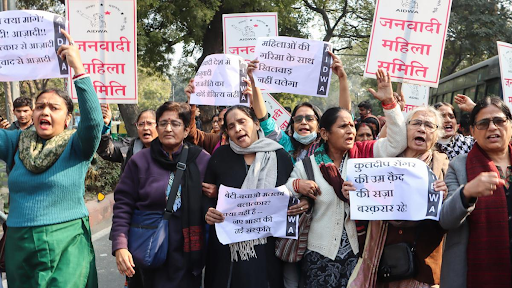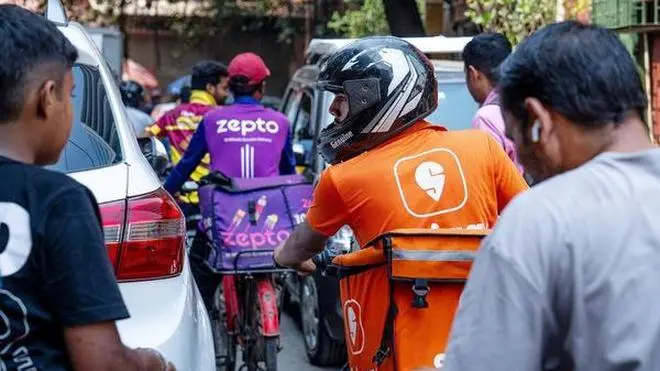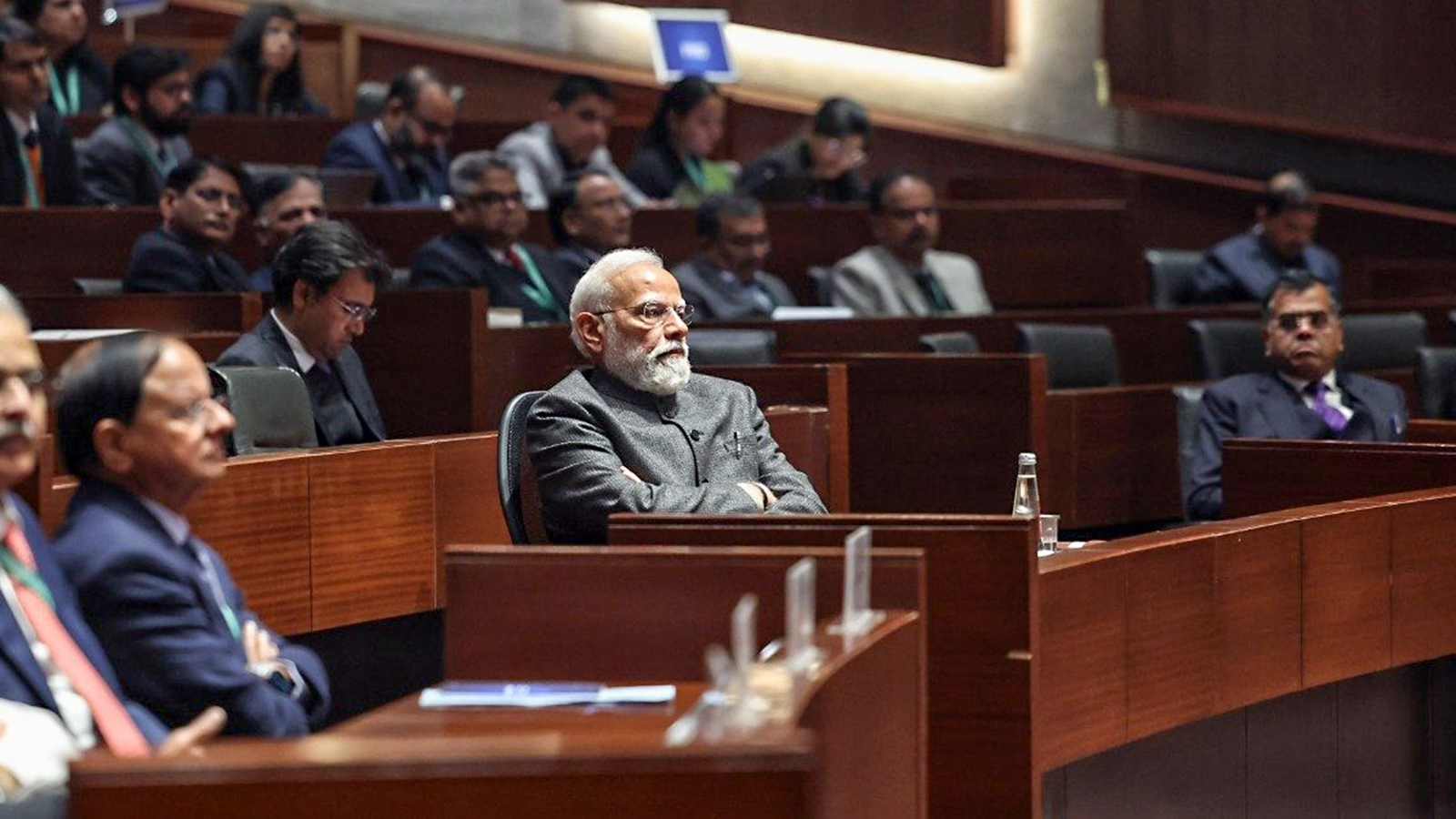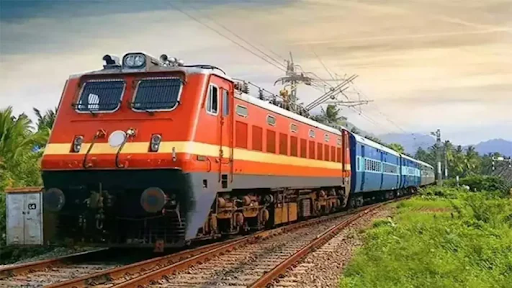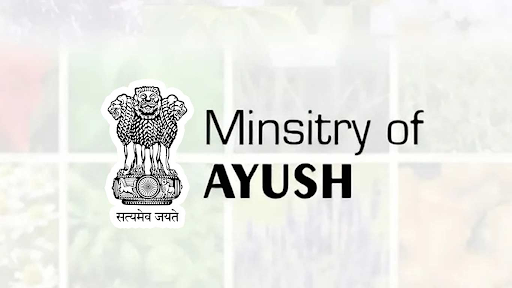Description
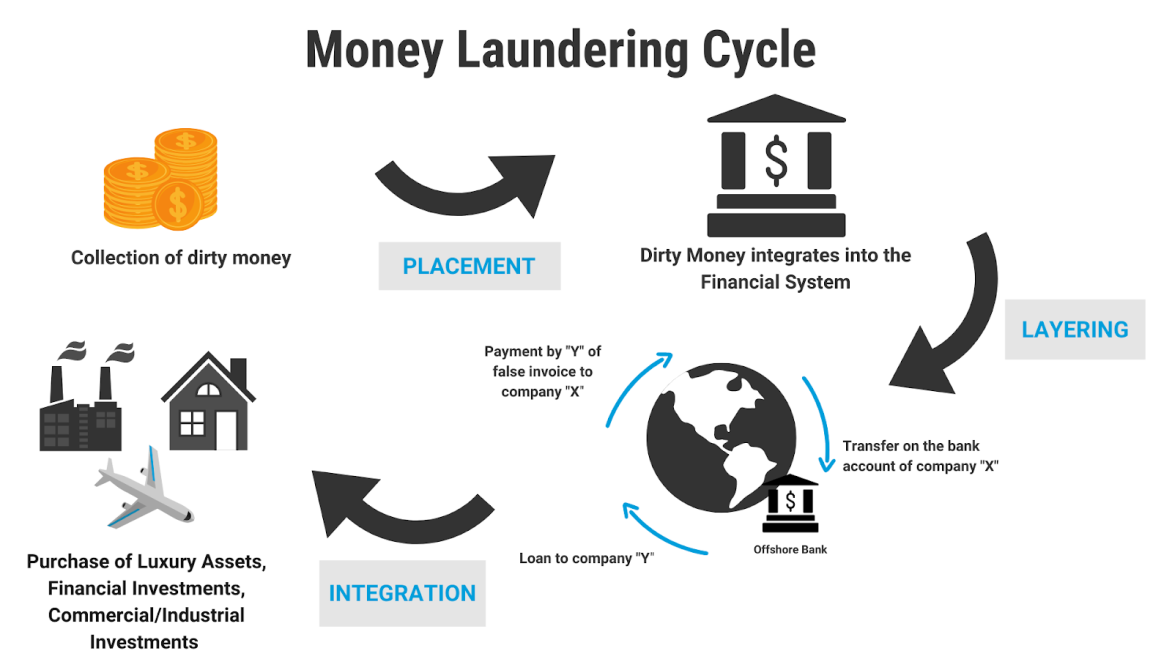
Copyright infringement is not intended
Context: Controversy over the series of raids and arrests of politicians, their relatives, and activists under Prevention of Money Laundering Act (PMLA).
Details:
- The frequency and timings of these raids and arrests have raised concerns over the independence of PMLA and its agency, the Enforcement Directorate (ED),
- According to Some activists, PMLA and ED are misused to attack opposition camps with political embarrassment.
Prevention of Money Laundering Act:
- Money laundering is defined as the illegal process of converting money generated through criminal activities, such as drug trafficking or terrorist funding, to appear to have come from a legitimate source. The money from the criminal activity is considered ‘dirty’, and the laundering process makes it look clean.
- Prevention of Money Laundering Act was enacted as a response to India’s global commitment (including the Vienna Convention) to curb the menace of money laundering.
- Objectives of the Act - PMLA was enacted in 2002 and it came into force in 2005 , to curb money laundering (process of converting black money into white) and to provide for seizure of property derived from money-laundering. There are mainly 3 objectives of PMLA:
- To prevent and control money laundering.
- To confiscate and seize the property obtained from the laundered money.
- To deal with any other issue connected with money laundering in India.
- Adjudication Authority - The Director or officer above the rank of Deputy Director can attach property believed to be "proceeds of crime" for 180 days. Such an order is required to be confirmed by an independent Adjudicating Authority.
- The Adjudicating Authority is appointed by the central government. It decides whether the property attached or seized is involved in money laundering.
- The Adjudicating Authority shall not be bound by the procedure laid down by the Code of Civil Procedure,1908, but shall be guided by the principles of natural justice and subject to the other provisions of PMLA.
- Punishment - The Act prescribes that any person found guilty of money-laundering shall be imprisoned for a minimum of 3 years and a maximum of 7 years, and If the crime of money laundering is involved with the Narcotic Drugs, the punishment can go up to 10 years, along with fine.
- Proof - The burden of proof lies with the accused, who has to prove that the suspected property/assets have not been obtained through money laundering.
- Appellate Tribunal - An Appellate Tribunal appointed by the Government is given the power to hear appeals against the orders of the Adjudicating Authority. Orders of the tribunal can be appealed in the appropriate High Court .
- Special Court - Provision for establishing special court by the Union government under Prevention of Money Laundering Act, 2002 (PMLA) .
- Financial Intelligence Unit – India (FIU-IND) - It was set by the Government as the central national agency responsible for receiving, processing, analyzing and disseminating information relating to suspect financial transactions.
- FIU-IND is also responsible for coordinating and strengthening efforts of national and international intelligence, investigation and enforcement agencies.
- FIU-IND is an independent body reporting directly to the Economic Intelligence Council (EIC) under the Finance Minister.
Enforcement Directorate:
- It is responsible for enforcing economic laws and fighting economic crime in India.
- It is part of the Department of Revenue, Ministry of Finance.
- The prime objective of the Enforcement Directorate is to enforce the provisions of; Foreign Exchange Management Act, 1999 (FEMA) and Prevention of Money Laundering Act, 2002 (PMLA).
https://www.lexology.com/library/detail.aspx?g=b10405b8-0d8a-4f37-a520-07a5be001f2b






